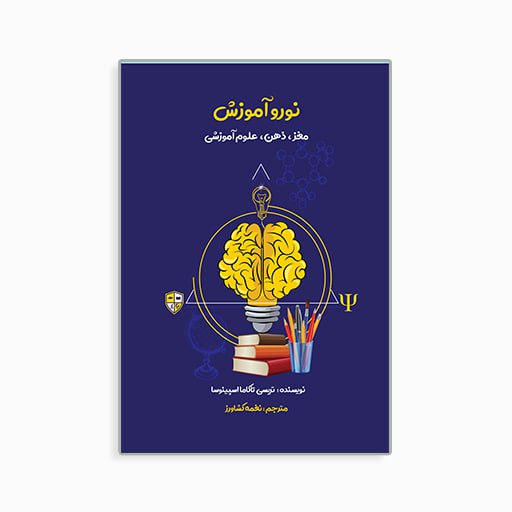نورو آموزش
Author: Tracey Tokuhama-Espinosa/ Translator: Naghemh Keshavarz Farsi and English/ Paperback
This content will be shared across all product pages.
- Publisher : Kidsocado (December 22, 2023)
- Language : Persian
- Paperback : 272 pages
- ISBN-10 : 199076066X
- ISBN-13 : 978-1990760662
- Item Weight : 11.5 ounces
- Dimensions : 5.83 x 0.57 x 8.27 inches
Product details
Setting Parameters and Goals for the New Field of Mind, Brain, and Educational Sciences. This book is a pioneering work that explains a new interdisciplinary academic field emerging from the intersection of neuroscience, education, and psychology. The trend of "brain-based education" has been growing over the past twenty years and has become the most reputable approach for achieving the best learning outcomes in the past five years. Mind, Brain, and Educational Sciences aims to address educators, trainers, founders, and policymakers of educational systems, as well as anyone interested in the future of education worldwide. It answers ambiguities to identify which educational methods can and should be confidently applied in classrooms, and what information is merely commercial propaganda. By combining a comprehensive review of the literature and interviews with over twenty thought leaders in this field from six different countries, this book describes the birth and future of this new and pioneering discipline. The science of mind, brain, and education covers the fundamentals, standards, and history of the field, outlining ways in which new information should be evaluated. Accurate and scientific information is properly separated from "myths and common unfounded misconceptions" to help teachers distinguish the wheat from the chaff in classroom planning, teaching, and instructional methods.
